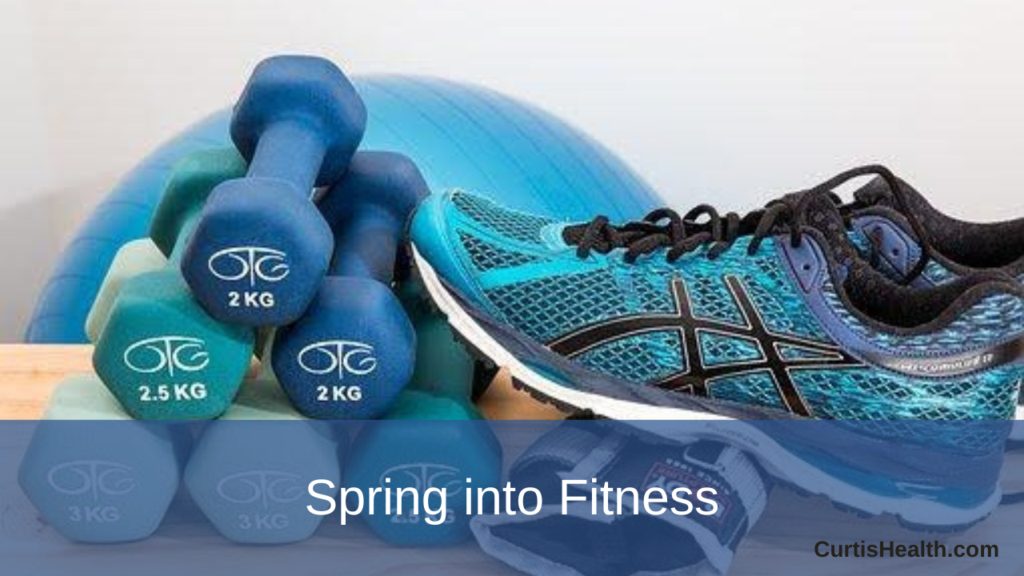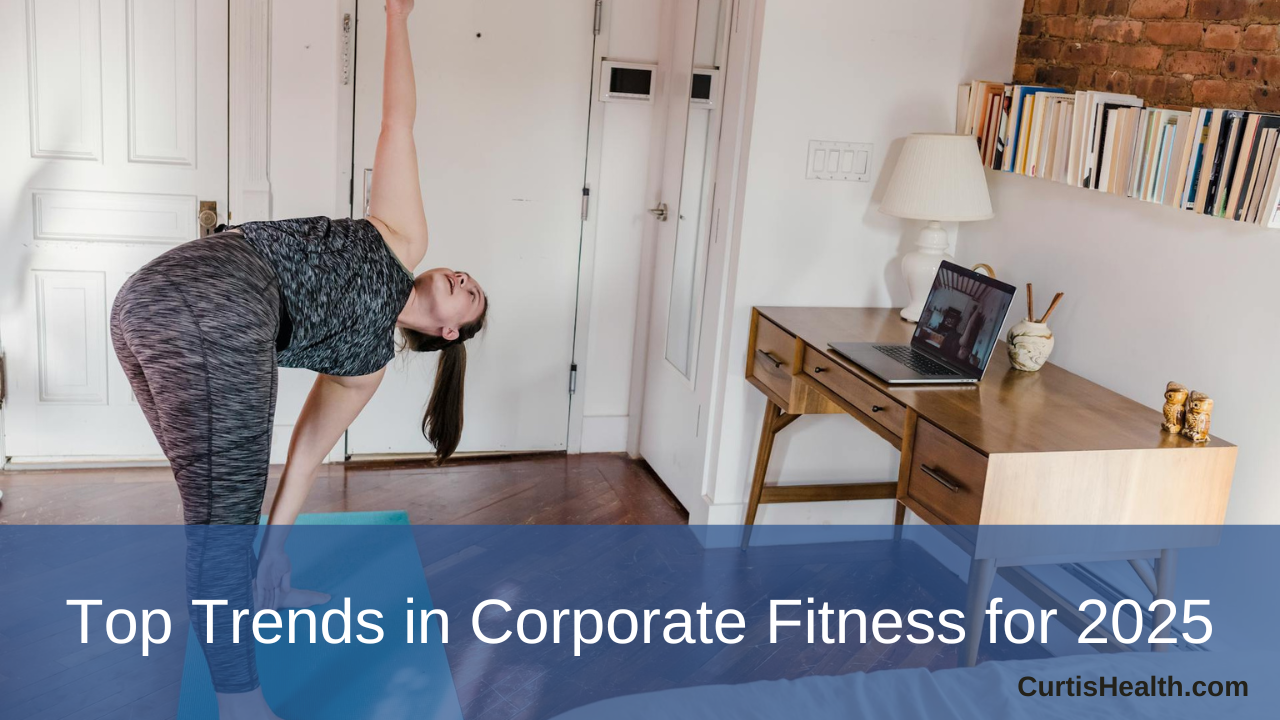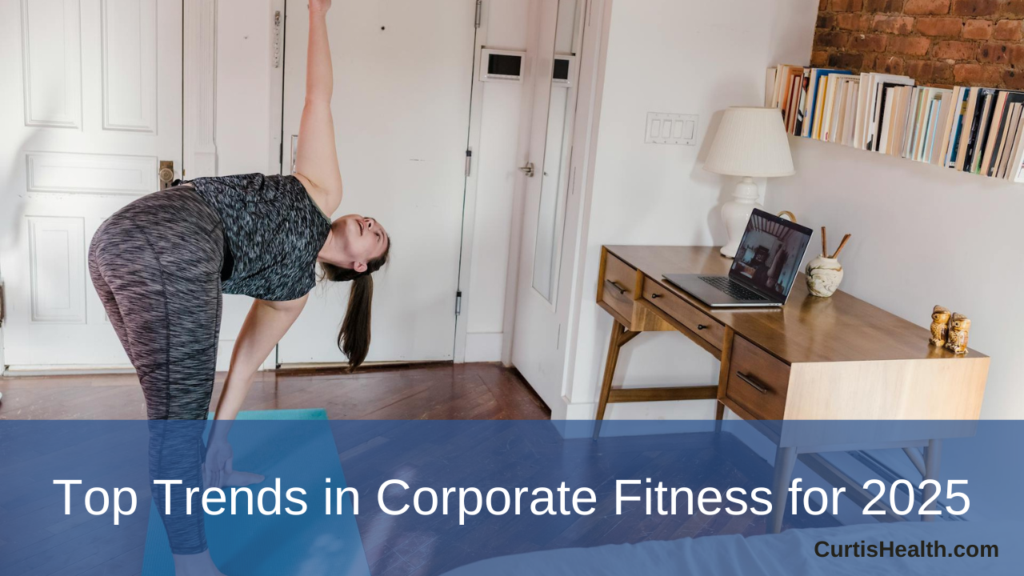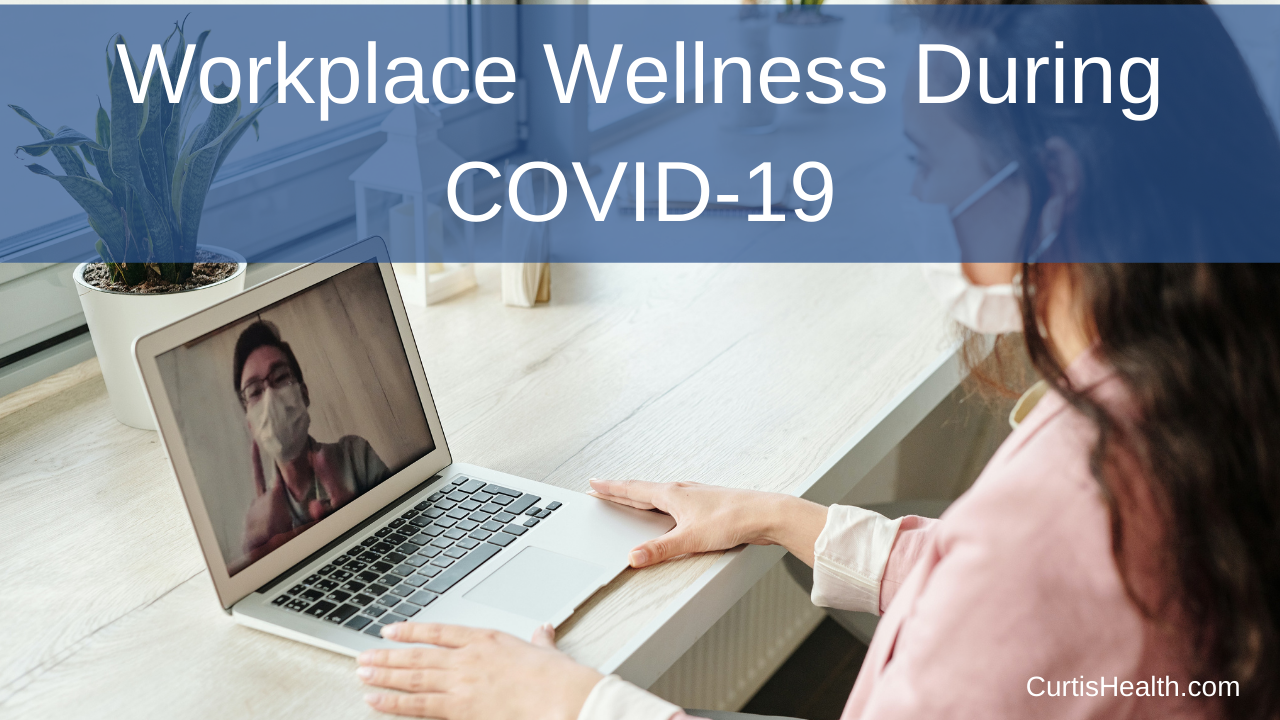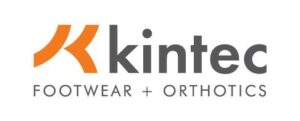Do you find you have been hermiting over the last couple of months, and your fitness routine has been lacking? I recommend that you move regularly, rain or shine, but if your workouts haven’t been happening, let’s dust off the shoes and find some ways to get moving. Read More→
Archive for Corporate Wellness – Page 2
The corporate fitness landscape is evolving rapidly, and 2025 promises to be a transformative year.
Organizations are recognizing the value of investing in their employees’ physical and mental health through targeted fitness initiatives. Read More→
Preventing and recovering from burnout requires a combination of organizational support and individual effort. Employers play a vital role in creating an environment that prioritizes employee well-being, while individuals must also take steps to protect their mental health. Read More→
Burnout is an increasingly prevalent issue in today’s fast-paced corporate world. Defined as a state of physical, emotional, and mental exhaustion caused by prolonged and excessive stress, burnout doesn’t just impact the individual experiencing it. Read More→
It’s important that we take care of ourselves, but sometimes we get caught up in the busy of life and then we find ourselves drowning in all the things we need to do. October is Healthy Workplace Month. Read More→
In today’s fast-paced corporate world, the health and well-being of employees have become paramount.
We have all become very adaptable throughout the COVID-19 pandemic by wearing masks, including while exercising at your workplace fitness centre.
While we are not training you for the Olympics, we are still staying on top of the latest information on high-intensity exercise. According to an article published March 9, 2021; the Center for Disease Control and Prevention, recommends that you SHOULD wear a mask while exercising indoors, even during high-intensity training. The article states that performance is not affected by wearing a mask during exercise. Read More→
For ten years I worked in corporate fitness and wellness. Many of my clients continually told me, I just don’t have time to take care of me. Work was used as an excuse. Let’s face it, we all live full and busy lives, but we all will make time for what is most important.
Did you know that October is Workplace Wellness Month?
Many workplaces try to find ways to help improve their staff’s overall wellbeing, by offering clinics, lunch n’ learns, stretch breaks etc. Here are my top favourite activities to help employees become more aware of their health and improving their health in the workplace. Read More→
How do employers make the best of Workplace Wellness programs during the pandemic?
First, the transition to working from home caused a great deal of stress. Now, returning to work is having the same impact. Whether employees continue to work from home or are forced to return to the office for any reason, they must be provided a consistent, wholesome wellness experience.
A holistic employee wellness program requires a combination of mental and physical health as its top priority. Currently, the owner of most well-being programs in organizations is HR because traditionally well-being was a culture issue. With the hybrid model of or working from home and/or the office, organizations that have made the pivot with digital wellness platforms will help combat the anxiety and stress their teams are experiencing to aid in lasting change and job satisfaction. So how then do organizations pivot and find wellness solutions that will work? Read More→
Recent Posts
- Stay Strong Through the Season: Your 15-Minute Holiday Fitness Plan
- Reflection on 2025 Wellness Wins
- Transforming Your Workplace: Why Employee Wellness Is Your Competitive Edge
- Movember & Men’s Health: Why Fitness Is More Than Muscle
- The Invisible Weight: How a Healthy Workplace Supports Employee Mental Health
Categories
- Avoiding Illness
- Corporate Wellness
- Curtis Health Team
- Fitness Centre
- Fitness Facility Management
- General
- Getting Outdoors
- Gym Hygiene
- Health & Wellness
- Men's Health
- Mental Health
- Mind/Body Wellness
- Mindset
- Miscellaneous
- Nutrition and Exercise
- Recipes
- Setting Goals
- Training
- Uncategorized
- Women's Health
- Workplace Wellness
Home | About Us | Meet the Team | How Can We Help? | Careers | Employers | Property Managers | Individuals | Contact Us | Privacy Policy
Copyright © 2025 Curtis Health
Head Office: 1098 Canyon BLVD, North Vancouver, BC V7R 2K4 Telephone: 604.921.2348
- Billing
- Your credit card will be automatically charged each month through Square.
- Commitment & Cancellation
- There is no long-term contract.
- You may cancel your subscription by contacting us directly. Please allow 5 business days for processing prior to your next billing date to avoid additional charges.
- As our class schedule is organized on a monthly basis, partial months will not be refunded or pro-rated.
- Your subscription is for your individual enjoyment only. Please do your part to ensure appropriate use of our content.
Kintec is offering all Curtis clients (including friends and family) expert shoe fitting to best suit your needs at a 15% discount on regular price footwear.


